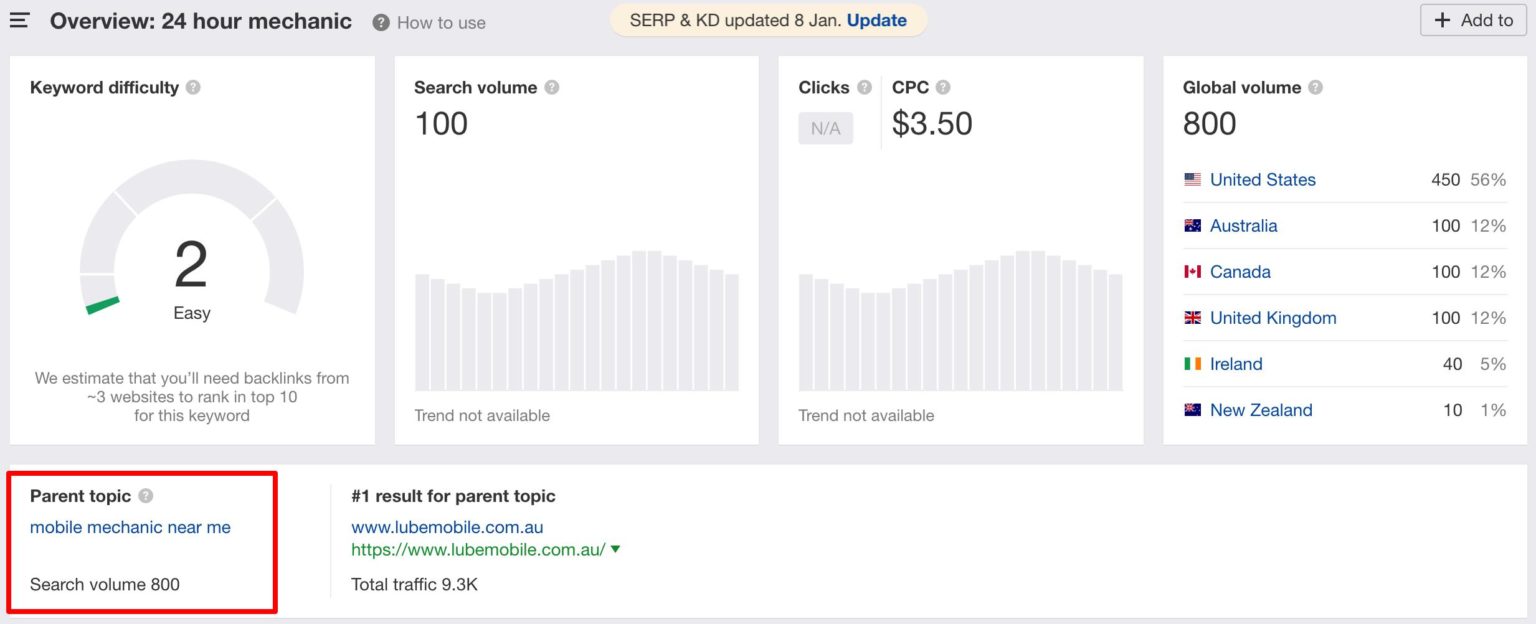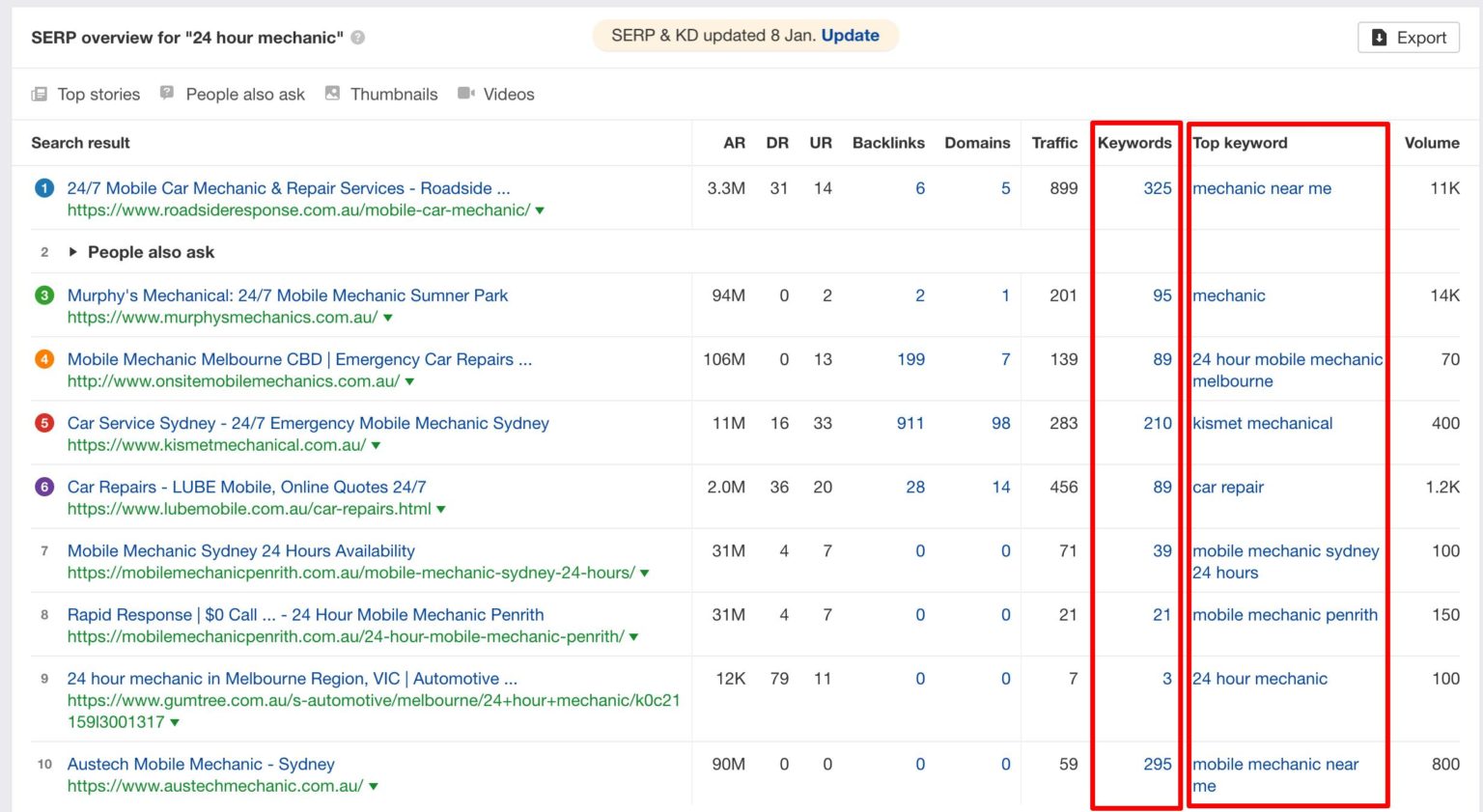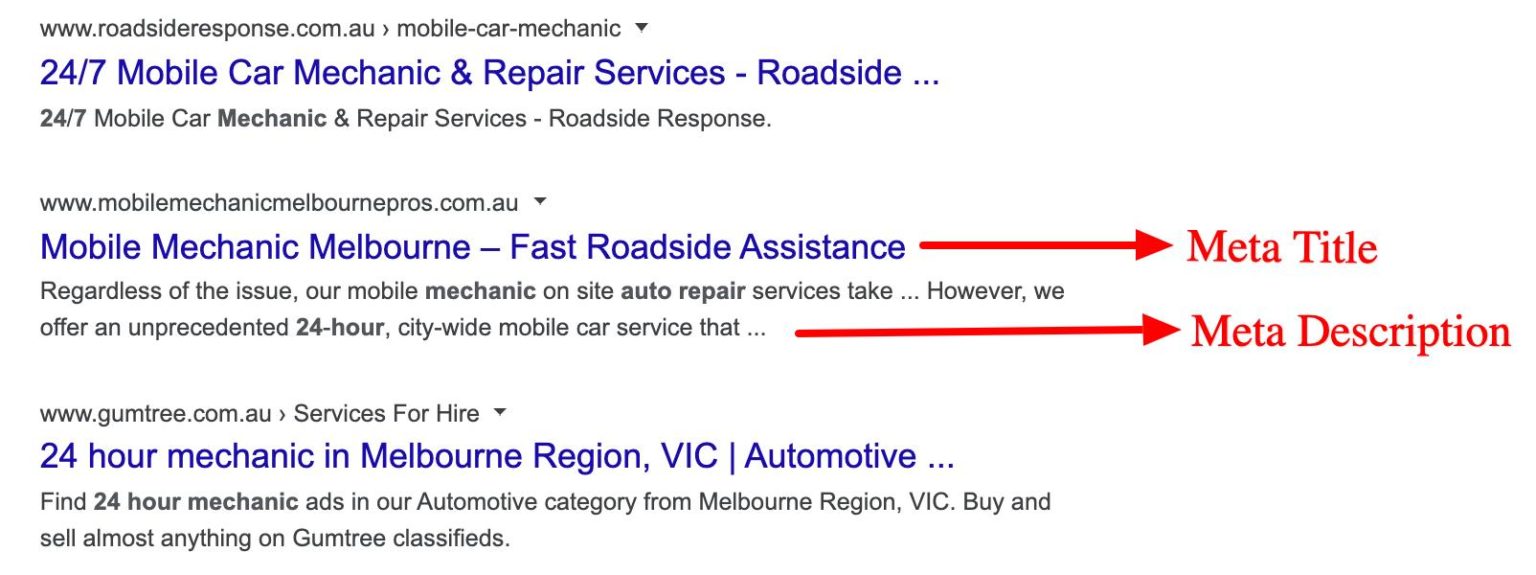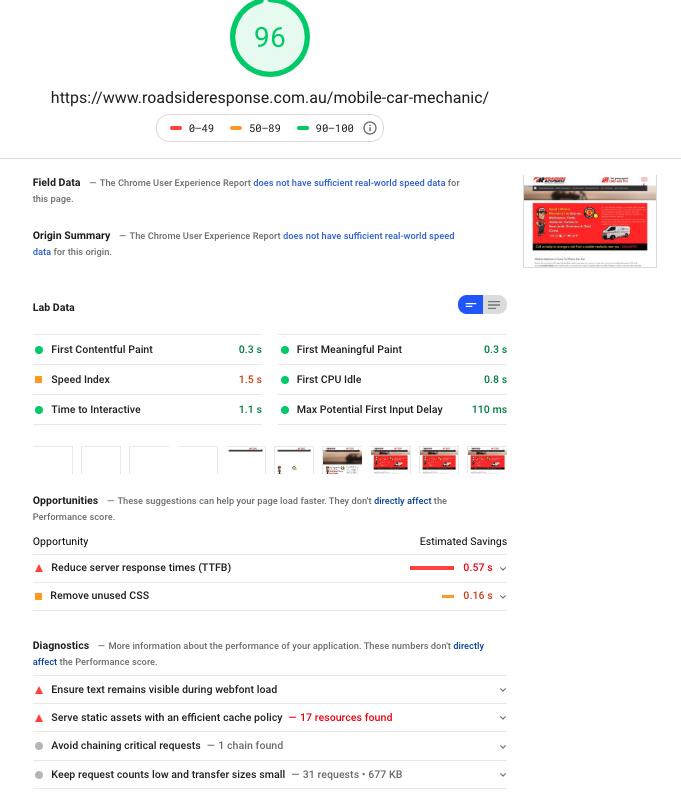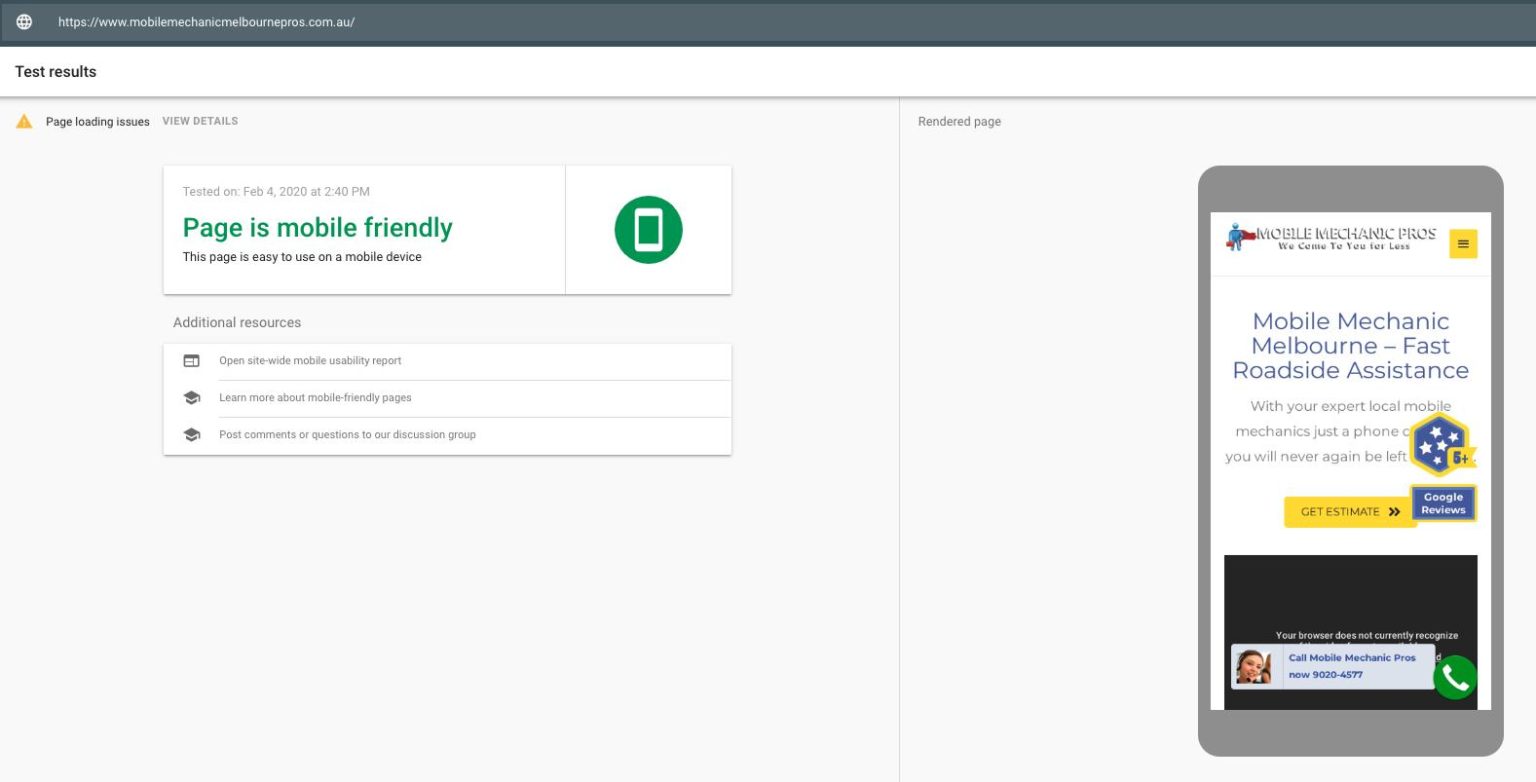3 Things I Wish I Had Learned 2 Years Ago About SEO
-
Aaron Gray
- Blogs
-
March 02 , 2020
-
15 min read
When I came for my interview here at NO BS Marketplace, Tristan and Aaron asked me a really simple question: “What is SEO?”
I had been working at News Corp for the last four and a half years, selling $2,000-per-month SEO campaigns, so I got this.
I went on my way telling them all about keywords and how you add them to your website to rank on Google and that you check Google each month to see if your position improves blah blah blah, thinking I totally got this.
Turns out, I had no idea…
When I received the call from the guys offering me the job, I was surprised. I clearly had no idea what SEO was about, but somehow, I landed a job at an SEO company. What the?
After starting with NO BS, I found out why I was offered the job. And it’s true—I had no idea what SEO was, but the guys loved that I had the conviction and confidence in what I was saying.
It is now my one-year anniversary with NO BS Marketplace and let me say that the past year has been a blast! I have learned so much about SEO and I absolutely love this space.
Looking back on my time at News Corp, there are 3 things I wish I had learned before I started selling SEO:
Keyword Research
Before building out your SEO strategy, you need to invest time researching keywords people search for when looking for your product or service.
To anyone in the SEO industry, this is common sense, yet I’ve spoken to countless business owners who have never taken the time to conduct keyword research and, therefore, build out their entire SEO strategy based on the ranking variations of their business name only.
Anyone who is searching for your business name already knows about your business. Your SEO strategy needs to be focused on attracting new customers to your business; those who are in need of your product or service, but don’t know who you are.
So, how do you figure out what customers are searching for? The best starting point is to think about how you search on Google.
Imagine you are driving along the highway and, all of a sudden, your car breaks down. You are not familiar with the area you are in, so you pick up your phone. Knowing you need a mechanic, you begin to search. You might search for things like:
- ‘Emergency mechanic’
- ‘24-hour roadside assistance’
- ‘Emergency towing’
- ‘Mobile mechanic near me’
Now let’s do the same for your business: Put your customer hat on and think of what you might search for if you were looking for your product or service. Set yourself a goal of 10-20 keywords/phrases. If you get stuck, reach out to friends and family, and ask what they might search for.
How did you do? Did you manage to jot down at least 10? Don’t panic if you haven’t got 10 yet because we can build on our list later.
Our next step is to throw a few of these search terms into Google to figure out the most common way people are searching for your product or service. I’ve gone ahead and used our mechanic example above and searched for ‘24 hour mechanic’.
As you can see, ‘24 hour’ and ‘mechanic’ are in all search results. So what we need to do now is jot down the other keywords that may be relevant to your product or service. Here are a few I found:
- Emergency car repairs
- Online quote
- Mobile mechanic
- Fast roadside assistance
- 24-hour mobile car mechanic
- Mobile mechanic Melbourne
How did you do? I bet you have more than 10 now!
Now that you know you are on the right track, your next step is to pop these keywords into a keyword research tool to narrow down your main keywords.
There are plenty of keyword research tools on the internet, with a few listed below:
- Google Keyword Tool
- Uber Suggest
- Wordstream
- SEMRush Keyword Difficulty Tool
- Moz Keyword Difficulty and SERP Analysis Tool
- Seoprofiler
- Ahrefs Keyword Explorer (my personal favorite and the one I’ll use in the examples below)
I’ve gone ahead and popped in the same search term I used in Google, ‘24 hour mechanic’, in the Ahrefs Keyword Explorer.
Now that I have checked the keywords ‘24 hour mechanic’, I can see that the parent topic for this search term is actually ‘mobile mechanic near me’.
Luckily, these keywords were on my original list. If the parent topic wasn’t on your original list, don’t panic—just add them.
Your next step is to look at the SERP overview in the Ahrefs Keyword Explorer. Take note of the number of keywords the top 10 websites rank for.
What this tells us is that these sites (possibly your competitors) rank for X number of other keywords related to your product or service.
Be sure to also take note of the top keywords listed and their search volumes. Jot a few down you would like to rank for. Remember, there is no right or wrong list. Your keyword list will continue to grow as you conduct your keyword research.
If you want to delve a little deeper into keywords, you may also consider looking over the ‘also ranked for’ list.
Now that you’ve gone through the above steps for your first keyword, continue to work on your list taking, the above steps for each keyword/phrase until you are happy with your keyword list.
And there you have it—you now know how to conduct basic keyword research. You are one step closer to building out a successful SEO strategy.
On-Page SEO and Accessibility
Now that you have built your keyword list, it is time to implement these keywords into your website’s content. Each page on your website needs to be structured well and either provide your customers with an answer to a question or a solution to a problem.
It is critical that you get your on-page SEO right and provide your customers with a good user experience if you want to rank for the keywords you’ve selected. Google considers both your content and keywords, along with the user experience, when deciding whether to rank your website in the customer’s search results.
So, in the wise words of Gandalf (or Google), if you fall short with either your on-page SEO or user experience, “You shall not pass (or rank)!”
To make things a little easier, I’ve put together are a few steps to help you rank your website and what’s even better is that no technical experience is needed!
1. Use Short, Descriptive URLs
When people are searching for specific keywords, your website URL and the keywords used in your URL are one of the many factors Google considers when ranking your website.
When creating new web pages, you will automatically be assigned a page URL. In most cases, the new URL will read something like: melbournemechanics.com/12718636890183_9874
Take the time to edit the URL to reflect the keywords you want the web page to rank for. For example, melbournemechanics.com/24-hour-roadside-assistance. Don’t go overboard and stuff your URL will too many keywords as it begins to look unnatural.
2. Meta Title and Meta Descriptions
There are two specific features Google looks at on a web page when building out search results for a customer. These are the Meta Titles and Meta Descriptions.
Google looks at these to get a better understanding of what your web page is about.
Be sure to include keywords in your meta title that you want your page to rank for. Similar to your page URL, don’t stuff your title with too many keywords. In fact, the best practice is to stick to 60 characters or less to ensure the complete title appears in Google’s search results. Longer titles as seen above end with an ellipsis (…).
Be sure to create a compelling meta description using no more than 155 characters. The meta description is what people read when deciding if your website is relevant to their search, and whether they should click through to your website. The more compelling the meta description is, the more clicks you will get.
If we look at the above screenshot, we can see that these businesses have used keywords such as:
- 24/7 mobile car mechanic and repair services
- Roadside response
- Mobile mechanic
Looking at the above example, jot down a few ideas for your website that you can refer to when updating your meta tags and descriptions.
3. Content is King
One of the most important elements on any web page is the content.
When Google released the Panda update in February 2011, the key focus was to reward sites with good quality, unique content by ranking them higher in search results and to stop sites with low-quality, duplicate content from ranking high in search results.
Although there is no magic number when it comes to word count for a website, Google is more likely to favor your website if you produce longer, unique content over slapping thousands of words of duplicate content on your site.
It is also better to have fewer pages on your site with beefed up, quality content than 50 pages of thin content (50-200 words).
When mapping out your content strategy, consider the other types of ‘content’ you can include to engage with your audience, such as:
- Videos
- Photos
- Illustrations
- Infographics
- E-books
- Case Studies
- Testimonials
- Blogs
- Downloadable templates
Something else to consider when laying out your content is to ensure you have created a logical structure for your headers and subheaders. Header 1 is for your page title and header 2 is for the titles of the main sections on your page. If in header 2 your content delves deeper, you may want to consider using header 3, 4 and so on.
Now that we’ve explored content, take the time to look over your website and ask yourself a few questions:
- Does my web page clearly answer a customer’s question or provide a solution to a problem?
- Is my content too thin?
- Do I have duplicate content on my site?
- Have I considered other content types to engage my audience?
- Have I structured my page headers correctly?
4. Website speed
I don’t know about you, but if I click on a website and all I see is this…
I’m outta there!!!
You’ve lost me, and in the time it takes your website to load, I’ve already returned to my search results, clicked on your competitor’s website, and began browsing their products and services.
Your website speed is crucial in keeping the hard-earned traffic on your website. There are a number of sites you can visit to test the speed of your website, including (but not limited to):
- Google’s PageSpeed Insights
- Pingdom
- GTMatrix
- Ezoic
- Ahrefs Site Audit
I’ve gone ahead and popped one of the mobile mechanic sites into Google’s PageSpeed Insights to show you the type of information you will see when testing your website speed.
Not only does this tool analyze your site speed, but it also provides you with a diagnosis and suggestions on things you can fix to speed up your website.
According to an article on Think By Google, 40% of people will leave a website if the page takes more than 3 seconds to load! And a whopping 79% of shoppers are less likely to purchase from the same site again if they end up being dissatisfied with the site’s performance! OUCH!
5. Mobile Optimization
As technology evolves, so does our way of consuming content and connecting with businesses. I don’t know about you, but I almost always have either my iPhone or my iPad close by, and as I think of things I want or need, I turn to these devices to begin my search on Google.
It is imperative that you have a mobile-friendly website. According to an article posted by Search Engine Land, Nearly 60% of all searches are done on mobile devices.
So if you fail to create a mobile-friendly website, you’re potentially losing up to 60% of customers who have clicked through to your website.
If you are unsure if your website is optimized for mobile, check out Google’s Mobile-Friendly Test Tool.
Here is a test I’ve done for you:
I know this is a lot to take in and your brain is bursting with information, but hang in there—we are almost at the finish line and you don’t want to miss our next topic.
Link Building
Two of the three most important ranking factors for SEO are content and links. Let’s take a look at what links are, why they are important, how to get them, and the types of links you can get.
Link building is focused around getting inbound links (backlinks) from a number of authority websites in your niche to point to your website.
Think of links to your website as your site’s online reputation and referrals. This is how other websites recommend your website.
You do this in your everyday life. Think back to when you’ve had a good experience with a business. You may have turned to Google or Facebook and written them a glowing review. Someone else then comes along who is considering their product or service and sees your review, and decides to do business with them.
When websites are pointing to your website, they are telling Google how amazing you are, and are influencing whether or not Google should rank your website in search results for a particular keyword.
So, it’s safe to say that the more high-authority links you can get from quality websites, the higher your chances of Google ranking your website. #winning!
So now that we know what links are and why we need them, let’s look at a few ways we can get them:
1. Internal Links
This is when one of your web pages links to another of your web pages because they share the same theme or topic, and can add value to the end-user.
For example, if I were to post a blog about common reasons why cars breakdown on the highway and I was to post this on my own website, I could then link this post to an internal page that talks to roadside assistance options.
2. Broken Link Building
This is when you will look at other websites in your niche and review their backlink profile to search for broken (dead) links. A broken link is a link that goes to a 404 not found page.
If you spot a broken link you, can then reach out to the website owners and suggest they swap out the broken (dead) link on their web page to a suitable replacement on your site.
If you are wondering how to find these broken links, pop the URL into Ahrefs, scroll down the menu on the left, and click on broken links. You will then see something like this. The red ‘404 not found’ message indicates these are broken links.
3. Guest Blogging
Guest blogging is where you produce content for another website in your niche.
For example, if you have a mechanic website, you may produce a blog about how to change and check your engine oil levels. But rather than posting this on your own blog, you would reach out to other websites in your niche and ask them to post this content on their website.
If your content is well-written, has a minimum of 500-750 words, adds value to the other website’s audience, and is niche-relevant, you are more likely to succeed with this strategy.
Trying to get links through guest posting can be a tiring and long drawn-out process, and you’re not guaranteed the other site will link back to your site. If this method is more appealing to you than the other two options, but you want a higher strike rate and are willing to pay to play, there are a number of link-building agencies, including NO BS Marketplace, that you can engage with to take the hassle out of your link-building efforts.
Conclusion
The SEO world is so vast and complex. From what I’ve learned over the past year, there is no real right or wrong way to do SEO, but there are a few key factors you may want to consider when trying to rank your website on Google.
Be sure to take the time to do proper keyword research. This will form the foundation for your SEO strategy and will impact how you carry out your on-site optimization and link-building strategy, as well as help you map out your content strategy.
SEO is a long-term strategy so don’t forget to track the progress of your campaigns. There are plenty of free and paid SEO tools to help you, so be sure to invest the time in finding the right ones for you.
Don’t be discouraged if you don’t see immediate results. SEO takes time. Hang in there! You’ve got this!
Subscribe to Our Blog
Stay up to date with the latest marketing, sales, service tips and news.







